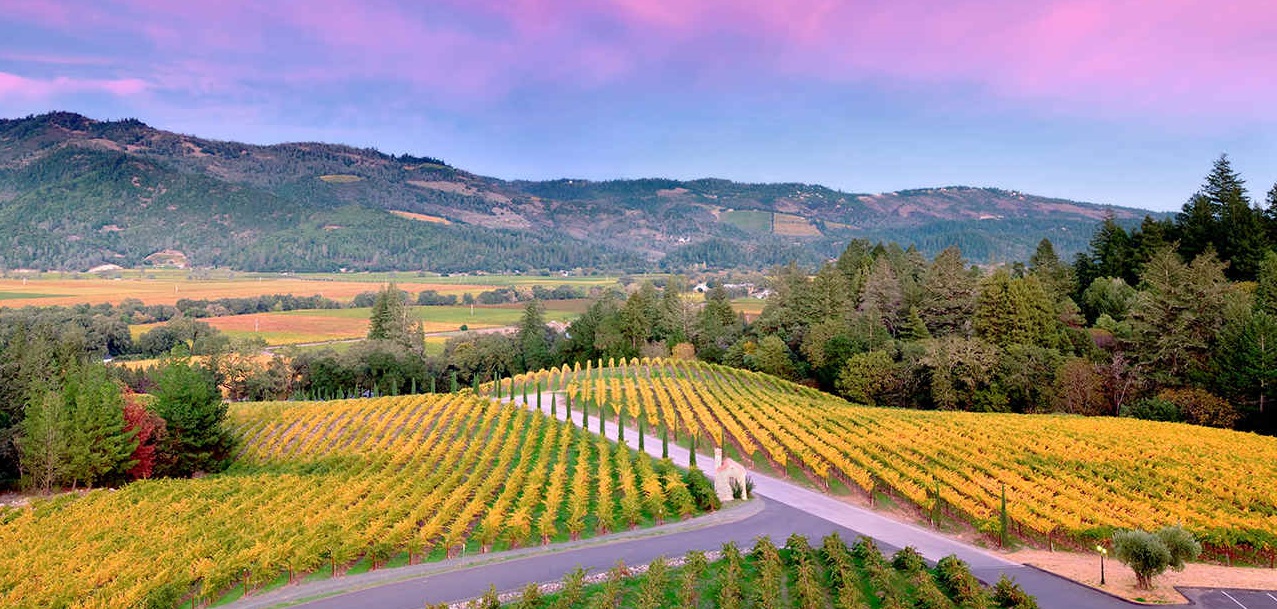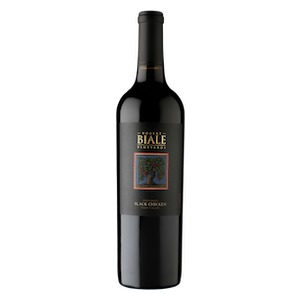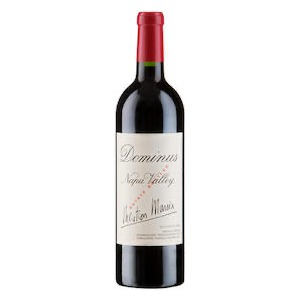
One of the world's most prestigious wine labels, Napa Valley was established as an appellation in 1981 making it the first Californian wine zone to receive official AVA status. Covering an area of two-hundred-and-thirty-thousand hectares with around one fifth planted to vine, the Napa Valley region is renowned for producing smooth, full bodied wines with excellent potential to age.

Five years before it received its official AVA designation, Napa Valley’s wines were catapulted to international stardom by the Judgement of Paris - a competition of May 1976 which resulted in [Cabernet Sauvignon](/cabernet-sauvignon) and [Chardonnay](/chardonnay) varietals from Napa out-scoring their [French](/country/france) counterparts in a series of blind tastings. But whilst this was the event that first placed the region's wines on the world map, viticulture has been an integral part of the landscape and the culture here for almost two-hundred years. Beginning in the 1830s and accelerating rapidly after the gold rush, Napa Valley’s winemakers have faced various setbacks throughout their history - notably Phylloxera and Prohibition - but over the last fifty years have emerged as the undisputed leaders of New World wine, producing award winning varietals from a range of red and white grapes. Although relatively small when compared to a number of other acclaimed wine regions (forty-five kilometres long and just eight across at its widest point), Napa Valley boasts a remarkably diverse range of topography and soil compositions, and a host of climatic conditions within its bounds. Such is the diversity of terroir here, the appellation houses no fewer than sixteen sub-AVAs and is itself contained entirely within the [Napa County](/county/napa-county) and [North Coast](/subzone/north-coast) appellations. Overall the climate can be considered Mediterranean: warm, dry summers with plenty of sunshine and mild winters with varying degrees of precipitation. Most of the sub-appellations also experience significant diurnal temperature variation resulting in grapes that are well-balanced and rich in flavour, and the cooling effects of the fog that rolls in from San Pablo Bay is another key factor of Napa’s climate. [Cabernet Sauvignon](/cabernet-sauvignon) is the principal grape here proving ideally suited to the climate and terroir of the valley and delivering a range of delectable wines. Highly concentrated, tannic varietals with a deep hue and full body, as well as smooth, mellow examples are produced across the various sub-appellations, with elevation and winemaker choice having a profound influence on style. Nonetheless, [Cabernet](/cabernet-sauvignon) from Napa Valley is invariably elegant, flavoursome and suitable for laying down in the cellar. [Chardonnay](/chardonnay) is the dominant white grape here and it too produces wines in a variety of styles from crisp and citrusy to complex, full bodied, age worthy varietals that rank amongst the world’s best. Other grapes of note include the dark skinned [Pinot Noir](/pinot-noir), [Merlot](/merlot), [Syrah](/syrah), [Petite Sirah](/petite-sirah) and [Zinfandel](/zinfandel), and the whites [Sauvignon Blanc](/sauvignon-blanc), [Riesling](/riesling) and [Viognier](/viognier). The AVA is home to almost five-hundred wineries - the majority of which have their roots as small, family-run cellars, a thriving wine tourism industry and a reputation as one of the world’s finest viticultural regions. To qualify for the Napa Valley label 100% of the grapes must be grown within the appellation and the bottles generally display both the sub-appellation and the Napa Valley AVA as well as any other distinctions such as single vineyard designation.



